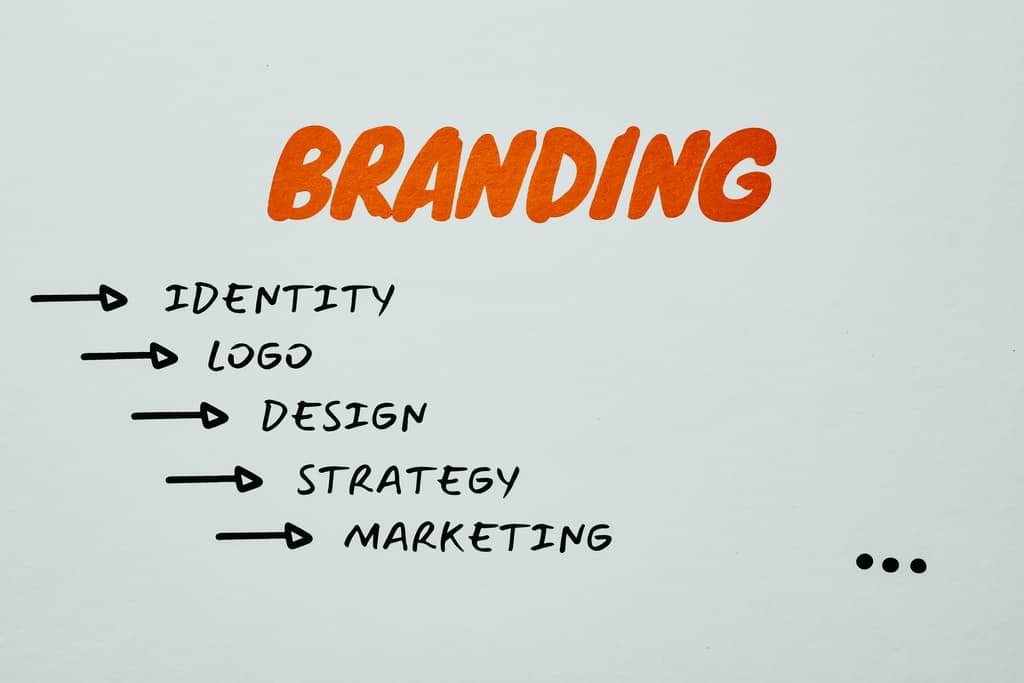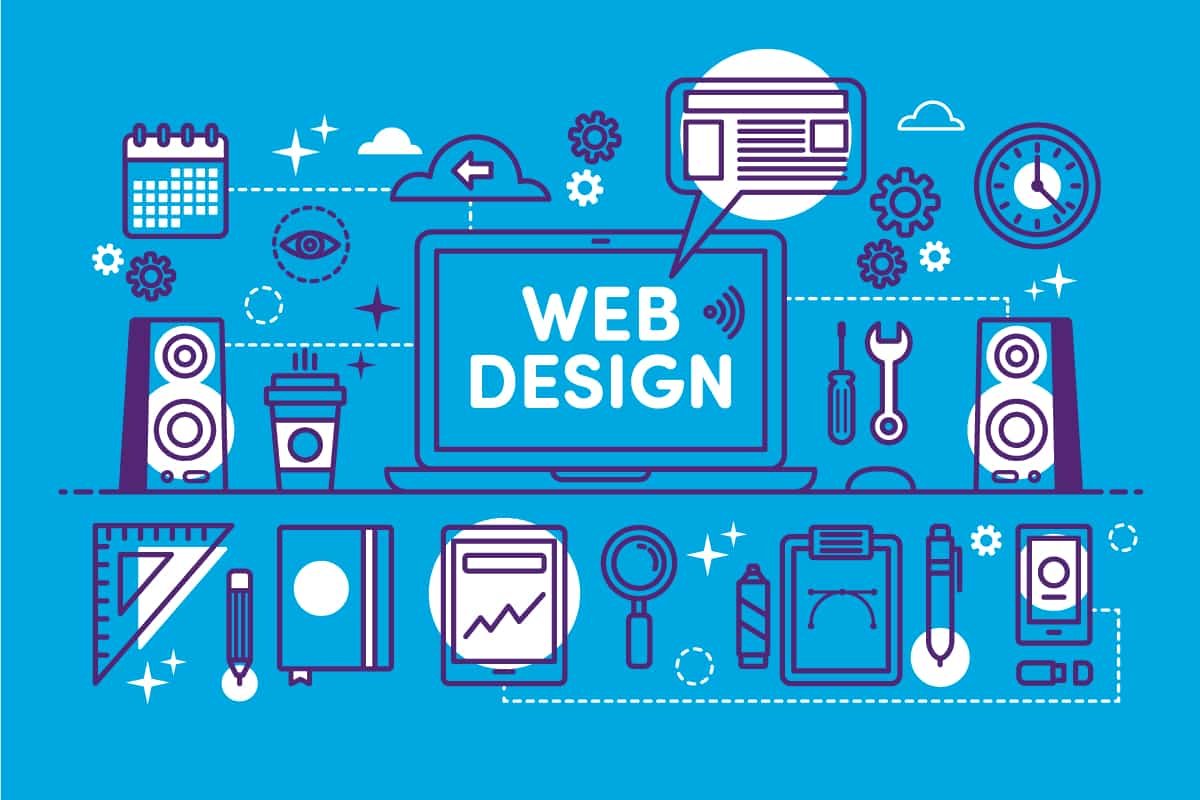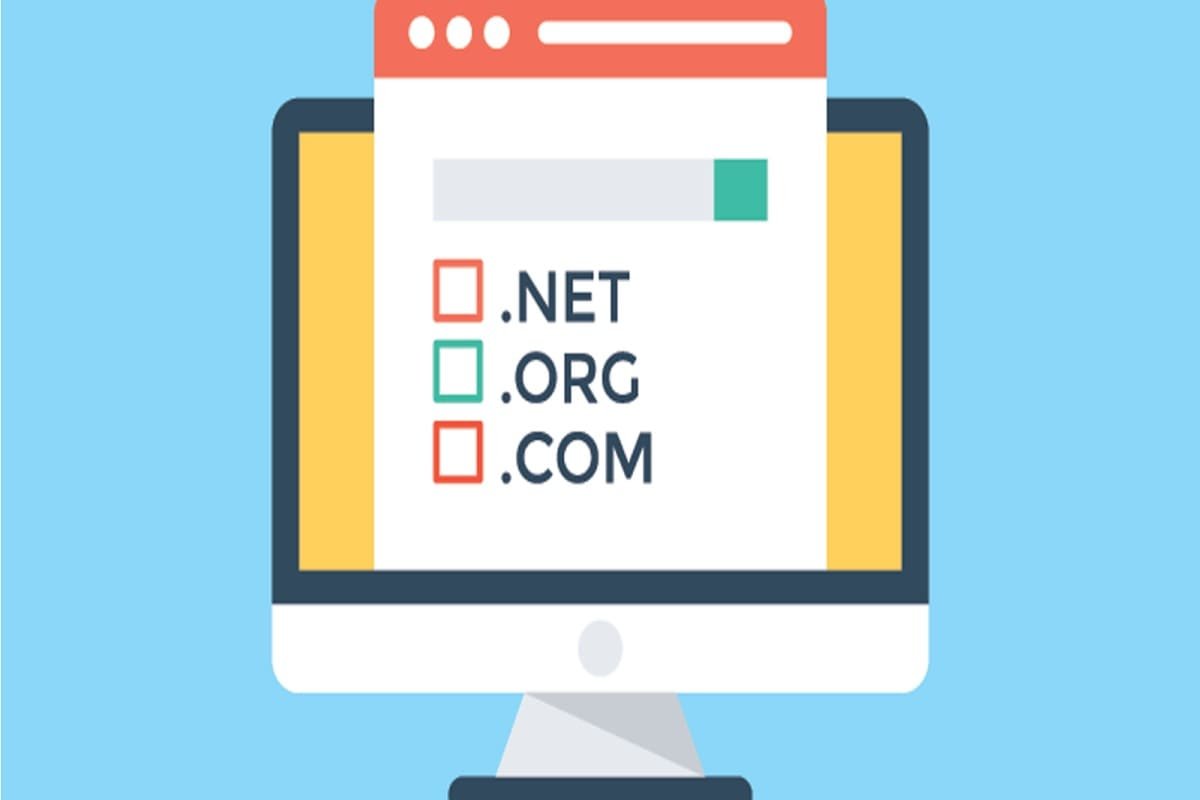
Mobile and internet apps have seen substantial innovation as a result of technological advancements.
Companies employ widely used frameworks, libraries, and tools to give valuable output to their customers.
Frameworks are recognized as a necessary component in the development of interactive web applications.
The frontend is in charge of the user experience, whereas the backend is in charge of making an application operate. Backend frameworks are collections of server-side languages that aid in the creation of a website’s server configuration.
Top Backend Frameworks
When developing websites, it’s vital to choose the right technology; otherwise, your app’s usability will suffer.
What Exactly are Backend Frameworks?
Backend (server-side) programming language libraries, Backend frameworks make it easier to create a site’s backend structure. They provide pre-designed solutions for creating an excellent website or app.
They provide programmers with the advantage of eliminating the need to develop and construct everything from scratch. In this way, programmers may concentrate on the more visible features they wish to integrate and get things done quickly.
Most backend frameworks are documented in many languages and offer unique functionality. If you find this domain interesting, you can always choose any top back end development course and start your career in this.
Your choice of the framework will be determined by the language you choose and if a particular framework can accommodate the features you want to integrate.
Backend web frameworks aid programmers in the speedy and systematic construction of applications. They feature readily available tools and modules that allow designers to create the essential architecture and flow of the application.
It eliminates the requirement for everything to be designed and configured. In short, these frameworks allow you to focus on documenting your project rather than reinventing the wheel.
What are Web Frameworks and What are their Different Types?
A website’s two major roles are server-side and client-side.
#1. Server-side
A server-side web framework’s design allows for the building of landing pages, basic pages, and various forms. They have the ability to display output data and improve security in the event of a web assault.
Such a framework is focused on minute and important aspects, without which the application would be unable to function properly. All of these important characteristics make the backend web development process easier.
#2. Client-side
You may simply update and implement a new user interface using a client-side framework. It just takes into account work done in the browser and has nothing to do with business logic.
Top Frameworks for the Backend
Backend frameworks play a significant part in the creation of applications for a wide range of organizations all around the world. However, finding the proper framework for the right project can be challenging.
Because of the numerous options available as far as the most popular backend frameworks are concerned. Let’s have a look at a few of the most popular backend frameworks:
#1. Django
Django has long been renowned as a high-level Python framework that integrates several libraries. Because this framework is ideal for practically any project, it is commonly used by developers to construct excellent apps.
One of Django’s advantages is that it allows you to move rapidly and efficiently from concept creation to project completion.
Furthermore, by automatically securing the website, it assists developers in avoiding typical security blunders.
To do this, Django manages the account and password without writing sensitive information to cookie files, which may be stolen.
Furthermore, because it is not packed with extra features, this framework is extremely quick.
Django may minimize the amount of code used in web applications, making them easier to create and faster to develop.
#2. Spring Boot
Spring Boot working is based on Java for creating server-side web or other apps aimed at making microservices more accessible.
According to the creators, it may be used for both normal WAR and standalone Java projects. Spring Boot is used by MIT, Platform, Zillow, TransferWise, and Intuit, among others.
Spring Boot is a Spring plugin that makes development, testing, and deployment easier. The platform has both types of databases, including the in-memory & built-in.
#3. Flask
Python is used to create the Flask web development framework. It’s simple to understand and use.
It is “beginner-friendly” because it has no boilerplate code or dependencies that might detract from an application’s essential function.
Flask is a micro-framework since it is lightweight and only includes the components that are required.
It just provides web development components like routing, sessions, request processing, and so on.
Other functions, such as data management, can be handled by creating a new module or using an extension. This method eliminates unnecessary boilerplate code that isn’t even used.
#4. Laravel
Laravel is largely used by Laravel developers to create bespoke PHP web applications.
This web framework takes care of a number of issues that are difficult to solve on your own, such as HTML templating, authentication, and routing.
Because it’s written in PHP, it’s entirely server-side, focusing heavily on data processing and adhering to the Model-View-Controller design pattern.
A framework like React may place a premium on user interaction and flashy features, while Laravel just provides a strong basis on which you can develop, and it does it correctly.
Programmers may bootstrap the newest models, controllers, and other application units using the command-line tool Artisan.
Laravel has powerful database tools such as the Eloquent ORM (Object Relational Mapper) and built-in tools for database migrations and seeders.
Data visualization is supported by the Blade template engine and expanding layouts without disrupting the application’s functionality and speed.
#5. Express.js
Express, the most popular Node web framework, serves as the foundational library for a number of other prominent Node web frameworks.
Despite their simplicity, programmers have designed suitable middleware packages that focus on virtually every web development difficulty.
Libraries manage user logins, sessions, cookies, POST data, URL parameters, security headers, and other data.
Express Middleware includes a list of Express-managed middleware packages as well as a list of a few prominent third-party packages.
Conclusion
Due to their excellent properties, all of the frameworks described above are projected to stand out in the coming year.
You can check out the KnowledgeHut back end development course. Its goal is to highlight the most popular and promising frameworks for developers to explore.
Every day, new, more efficient, and simpler kinds of development emerge. As a result, keeping up with backend framework improvements requires professional recycling.
- Great Reasons To Build a Comprehensive Data Privacy Framework
- Cognos 10 vs Cognos 11 Comparison
- The Types And Benefits Of Accounting Software
For More Latest Technology Updates and Information about Backend Frameworks 2023, Visit CRECSO NEWS Magazine and Follow Us on Facebook.






